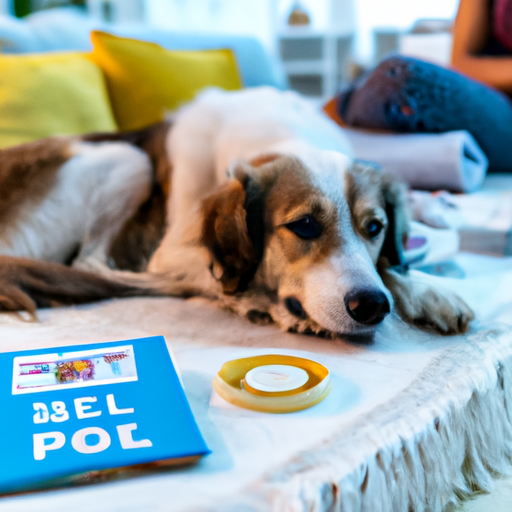Parvovirus (Parvo) is a highly infectious disease that can be fatal to dogs. However, with early detection and careful home treatment, you can greatly improve your dog’s chances of recovery. This guide will walk you through the steps of treating parvo in dogs at home.
Understanding Parvovirus
Parvovirus is a deadly disease that mainly affects puppies and unvaccinated dogs. Understanding what Parvo is, its symptoms and how it spreads can help you take better care of your pet and prevent the spread of the virus.
What is Parvo?
Parvo is a highly contagious virus that affects dogs’ gastrointestinal tracts. It is most severe in puppies that are not fully vaccinated.
Symptoms of Parvo:
- Loss of appetite
- Vomiting
- Severe, often bloody, diarrhea
- Lethargy
- Fever
How Parvo Spreads:
Parvo spreads through direct contact with an infected dog or by indirect contact with a contaminated object. The virus is extremely durable and can survive in the environment for long periods.
Treating Parvo at Home
Treating Parvo at home is a challenging but achievable task. Here are the steps to follow:
- Isolate Your Dog: Parvo is highly contagious, so it’s important to keep your sick dog away from other dogs.
- Keep Your Dog Hydrated: Dehydration can worsen your dog’s condition. Try to get your dog to drink small amounts of water regularly.
- Feed Your Dog Small, Frequent Meals: Once your dog can keep water down, try feeding them small amounts of bland food.
- Clean and Disinfect: Regularly clean and disinfect your home to prevent the virus from spreading.
Important Note: Always consult with a vet before starting a home treatment plan for Parvo. Home treatment should only be used as a last resort, if professional veterinary care is unavailable.
Essential Parvo Home Treatment Supplies
Having the right supplies on hand can make your home treatment more effective. Here are some essentials:
- Pedialyte: To keep your dog hydrated and replenish lost electrolytes.
- Probiotics: To restore the balance of your dog’s gut flora.
- Homeopathic remedies: Like Parvaid or Echinacea, used to boost the immune system.
- Cleaning supplies: Bleach and water solution can help kill the virus on surfaces.
Tips to Prevent Parvo
Prevention is better than cure, especially when it comes to Parvo. Here’s how you can protect your dog:
- Vaccination: The most effective way to prevent Parvo is through vaccination. Puppies should receive their first vaccine between 6-8 weeks.
- Avoid High-Risk Areas: Until fully vaccinated, avoid areas where many dogs gather, like parks or kennels.
- Regular Cleaning: Regularly clean and disinfect your home, especially if your dog has been ill.
Frequently Asked Questions
1. Can humans get Parvo from dogs?
No, humans cannot get Parvo from dogs. The virus is species-specific.
2. How long does Parvo last in a dog?
Parvo can last anywhere from 7 to 10 days in a dog, but symptoms can be visible for up to two weeks.
3. Is there a cure for Parvo?
There is no cure for Parvo, but there are treatments that can help manage the symptoms and support recovery.
4. Can a fully vaccinated dog get Parvo?
While rare, it is possible for a fully vaccinated dog to get Parvo. However, the symptoms are usually less severe.
5. What is the survival rate for dogs with Parvo?
With early diagnosis and aggressive treatment, over 90% of dogs can survive. The key is to start treatment as soon as symptoms appear.
Remember, while this guide provides information on how to treat Parvo at home, it’s always best to consult with a veterinarian. They can provide the most accurate diagnosis and treatment plan for your pet’s specific needs.



